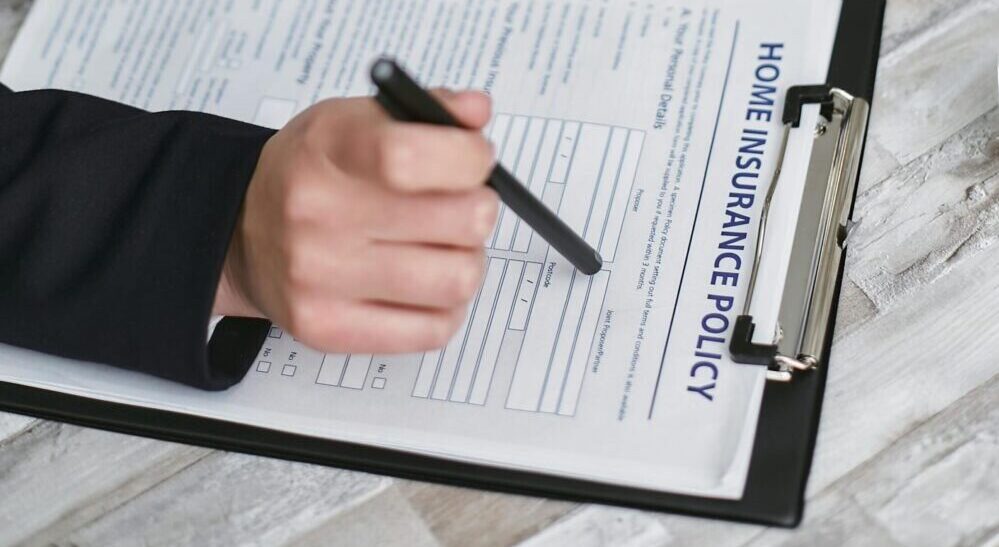
What Is the Underwriting Period in Home Insurance and How to Avoid Cancellations
When switching homeowner’s insurance, you might encounter something called the “Underwriting Period.” While it’s always existed, recent changes in 2024 have made it a more pressing issue as cancellations during this period become increasingly common. Understanding the underwriting period can help you avoid headaches, unexpected cancellations, and potential lapses in coverage.
What Is the Underwriting Period?
The underwriting period is a 30-90 day timeframe (depending on your state) during which an insurance company can cancel a newly written policy. This period allows insurers to:
- Inspect the property.
- Verify the information provided during the application process.
If discrepancies or issues arise during this time, the company can cancel your policy.
Why Can Policies Be Canceled During the Underwriting Period?
Policies can be canceled for any valid underwriting reason, meaning something discovered during this period would have prevented the company from initially accepting the policy.
Common Reasons for Cancellation
1. Claims History
If past claims or losses weren’t disclosed during the application process, the insurer might cancel the policy upon discovering them.
2. Misrepresentation
Failing to disclose details like:
- Trampolines.
- Dog breeds with higher liability risks.
- Unfenced swimming pools or pools with diving boards.
- Wood-burning stoves.
- Using the home for non-residential purposes (e.g., short-term rentals).
Even unintentional omissions can lead to cancellations.
3. Payment Issues
If payment for the policy isn’t made on time (especially if handled by a mortgage company), the insurer may cancel the policy.
4. Deferred Maintenance
Deferred maintenance is a growing concern for insurers. Common issues that lead to cancellations include:
- Chipped or faded paint.
- Missing shingles or damaged roofs.
- Overhanging trees.
- Damaged or missing gutters.
- Trip hazards due to uneven concrete.
- Evidence of water leaks or unrepaired damage.
- General property neglect or clutter.
Insurers often use aerial photography and property inspections to assess these issues.
Why Is the Underwriting Period More Important Now?
Before 2024, many insurers overlooked deferred maintenance or relied on self-reported information. Today, companies conduct thorough inspections during the underwriting period. If problems are found, they can:
- Cancel the policy immediately.
- Give the homeowner 30 days to make repairs (though this isn’t guaranteed).
Best Practices When Changing Homeowner’s Insurance
1. Disclose All Information Honestly
Accurate applications are critical. If undisclosed issues are discovered later, the insurer may:
- Cancel the policy.
- Deny future claims due to misrepresentation.
2. Maintain Two Policies During the Underwriting Period
Keep your existing policy active for 30-60 days (depending on your state) until the underwriting period for the new policy expires. This avoids lapses in coverage if the new policy is canceled.
Real-Life Example
One of our clients switched to State Farm for better rates. During the underwriting period, deferred maintenance issues were discovered, and the new policy was canceled. Unfortunately, their previous policy couldn’t be reinstated, forcing them to secure new coverage at a 40% higher premium.
State-by-State Underwriting Periods
Here’s how long insurance companies have to review new policies and potentially cancel them:
| State | Underwriting Period |
|---|---|
| Arizona | 60 days |
| Colorado | 30 days |
| Idaho | 60 days |
| Kansas | 90 days |
| Oregon | 60 days |
| Utah | 60 days |
| Washington | 60 days |
What Happens If Your Policy Is Canceled?
Notice of Cancellation
- Insurers must notify you directly, typically by mail, if your policy is canceled.
- Agents are not always notified immediately, so you might learn about the cancellation before they do.
Finding a New Policy
- Cancellation notices often allow 10-60 days to secure new coverage.
- Expect increased premiums, as a recent cancellation can make securing affordable home insurance more challenging.
How to Protect Yourself
1. Proactively Address Maintenance Issues
Inspect your home for deferred maintenance before applying for new insurance.
2. Work with a Trusted Insurance Agent
At Trailstone Insurance Group, we:
- Help you navigate underwriting requirements.
- Work with over 40 “A” rated insurance companies to find the best coverage.
- Ensure you’re prepared for inspections and potential underwriting issues.
3. Plan for Overlapping Policies
Having two policies for 30-60 days might cost more upfront but can save you from being uninsured.
Final Thoughts
The underwriting period is a crucial aspect of switching homeowner’s insurance that many people overlook. By understanding how it works and taking proactive measures, you can avoid the stress of unexpected cancellations.
If you’re considering switching your homeowner’s insurance or have questions about the underwriting process, contact Trailstone Insurance Group. Our team is here to guide you, find the best coverage, and help you navigate the complexities of the underwriting period.
Until next time, stay informed and properly insured!
